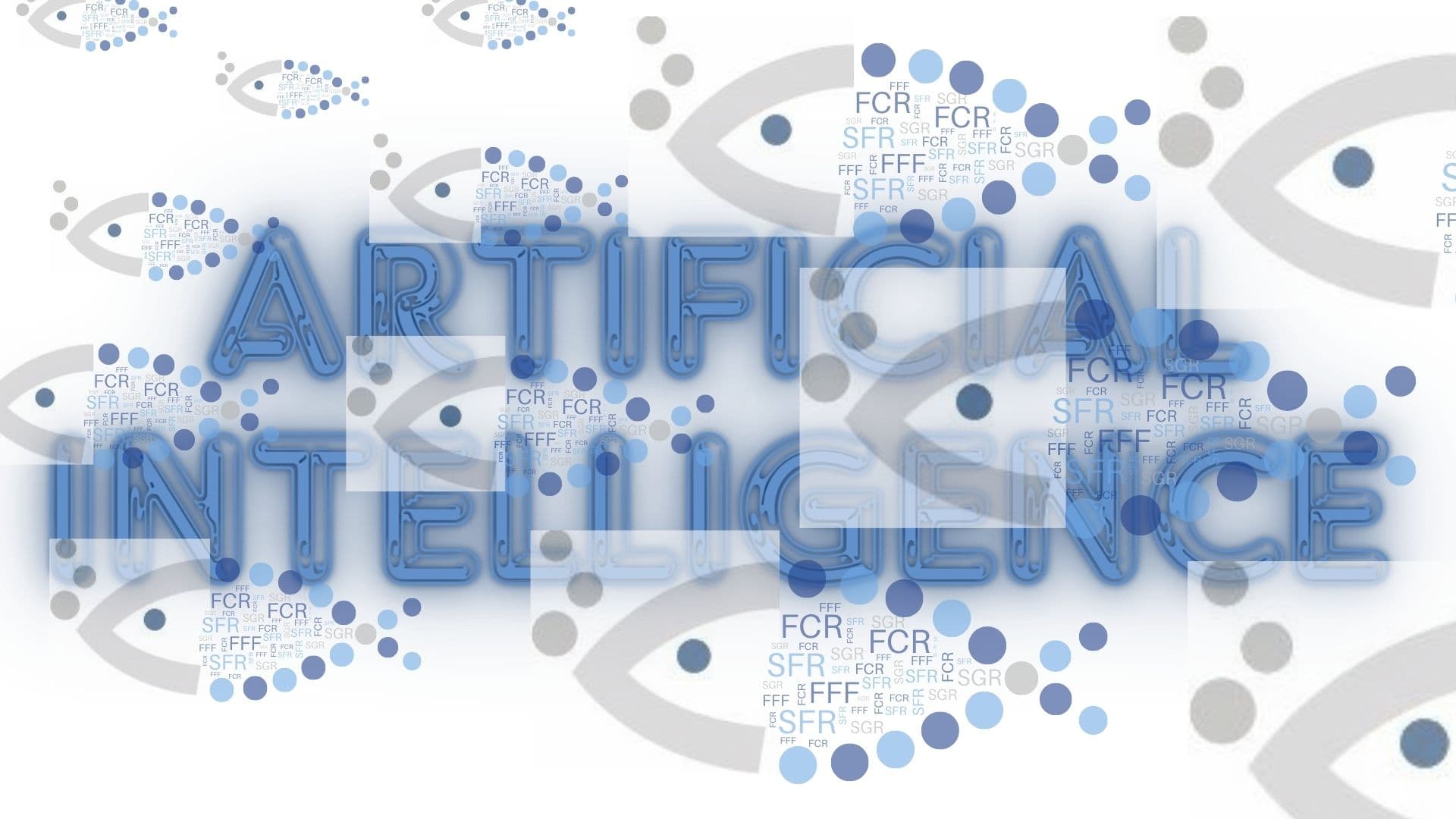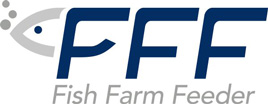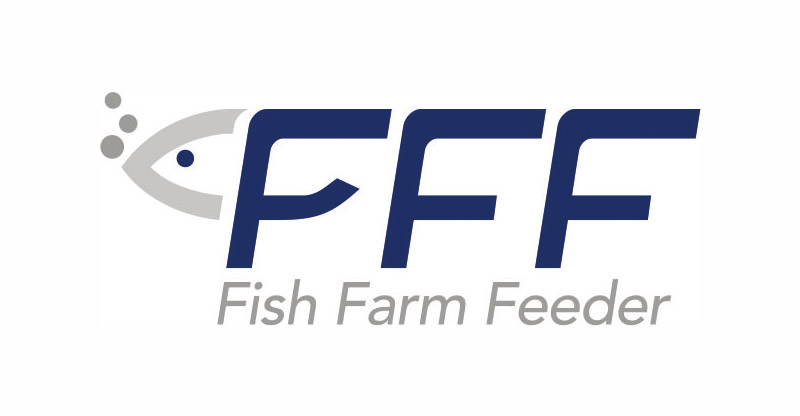Artificial intelligence (AI) is revolutionising multiple industries, and aquaculture is no exception. This technological revolution, in which Fishf Farm Feeder is participating with innovative solutions, is transforming the sector into a smart, precision aquaculture model.
Below, we explore how AI, in combination with Machine Learning, is transforming this sector.
In which areas of aquaculture a transformation is expected thanks the artificial intelligence?
» 1. Monitoring and Diagnostics
AI enables continuous and efficient monitoring of aquaculture farms. Underwater cameras and sensors collect real-time data on water quality, temperature and fish health. AI algorithms analyse this information to detect anomalies, predict disease outbreaks and suggest adjustments in real time, thus optimising production.
» 2. Deformity and Disease Detection
One of the biggest challenges in aquaculture is the early detection of deformities and diseases in fish. Machine learning allows AI systems to learn to recognise patterns in the appearance and behaviour of fish, identifying signs of disease or structural deformities. For example, cameras can capture the physical appearance of fish, and AI algorithms can compare this with historical data to detect anomalies in their shape or behaviour, enabling early interventions and reducing losses.
» 3. Optimising Feeding
A challenge in aquaculture is to provide the right amount of feed at the right time. AI systems integrated with sensors and cameras can identify when fish are actively feeding and adjust the amount of feed dispensed. This reduces waste and improves efficiency, benefiting both the environment and producers.

» 4. Predicting Growth and Yield
AI uses predictive models based on real-time and historical data to anticipate fish growth and farm performance. These models allow fish farmers to better plan their operations by adjusting fish density, harvest dates and target market.
» 5. Sustainable Management
AI contributes to the sustainability of the sector by helping to minimise environmental impact. Algorithms can predict potential pollution from waste and propose corrective measures. They can also suggest crop rotations and resource management to avoid overexploitation and ensure a balance between production and conservation.
» 6. Process Automation
The use of AI in process automation, from feeding to harvesting, allows fish farms to operate with greater efficiency and lower labour costs. Underwater robots and AI-controlled automated systems can handle repetitive tasks, freeing up workers for more complex and higher-value tasks.
In conclusion, AI and machine learning are transforming aquaculture, driving efficiency and sustainability in the sector. By implementing these technologies, aquaculture farms can adapt to current and future challenges, ensuring the health of their ecosystems and the profitability of their operations. This, in turn, benefits both the industry and consumers, ensuring a sustainable and profitable source of aquaculture products.
Javier Álvarez Osuna is director of R&D and information technologies at FFF.
His 20 years of professional activity have been developed mainly in the technological field and specifically in R&D. He has been a Torres Quevedo researcher (2009) and his merits include participation in more than 25 R&D projects and management of another 10 as principal investigator.
He is the author of 10 international articles and holder of 2 international technological patents. He is an expert in the development of embedded systems and software for industrial environments that require high performance.
Doctor in Pharmacy – the University of Santiago de Compostela (1997).







